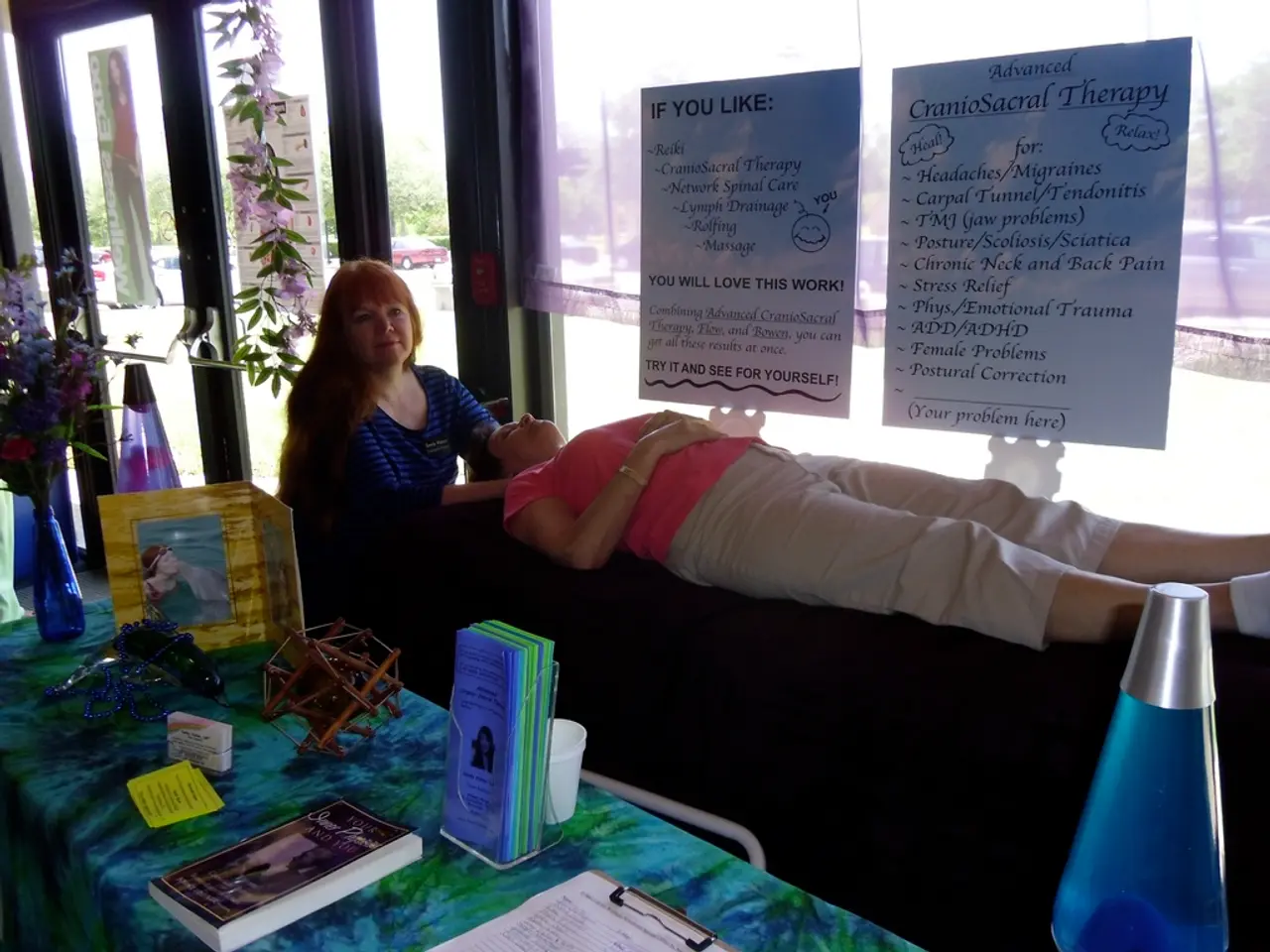Managing Stress and Preventing Exhaustion: Techniques for Personal Well-being
In today's fast-paced world, burnout has become a common issue, affecting both mental and physical health. Here's what you need to know about understanding, managing, and preventing burnout.
Burnout is a state of physical, emotional, and mental exhaustion caused by prolonged stress. It can lead to a multitude of symptoms such as feeling tired, irritable, losing interest in activities, headaches, muscle pain, and changes in sleep patterns.
Understanding burnout and its effects can help you better manage it. Recognizing the signs early can prevent it from escalating and causing more severe issues.
One of the most effective ways to combat burnout is by taking care of yourself. Getting enough sleep (7-8 hours per night) allows the body and mind to rest and recover. Drinking plenty of water keeps the body functioning properly and can reduce fatigue.
Engaging in activities that bring joy and relaxation can provide a break from stress and help recharge. This could be anything from reading a book, going for a walk, or practicing mindfulness through meditation and deep breathing.
Joyful movement, such as exercise or dance, can also help release endorphins and improve mood and energy levels.
Setting boundaries is essential for preventing burnout by protecting time and energy, ensuring one does not become overwhelmed by demands. This could mean saying no to additional tasks, delegating responsibilities, or setting specific work hours.
A balanced diet fuels the body and mind, helping cope with stress better. Eating nutritious meals can provide the energy needed to face daily challenges.
However, sometimes, self-care and setting boundaries may not be enough. If you're experiencing persistent sadness or anxiety, increased substance use, or a loss of interest in activities you once loved, it might be time to seek professional help.
Professional support can provide a fresh perspective and effective strategies for managing stress. Therapy and counseling offer a safer space to explore feelings and develop coping mechanisms. These services can help you understand the root causes of your burnout and find personalized solutions to regain your well-being.
Remember, it's okay to ask for help. Recognizing when you need professional help is important for mental health.
Registering on Belongly allows you to join conversations about this article and share your experiences and strategies for managing burnout with others.
By taking care of ourselves and seeking help when needed, we can better manage burnout and lead healthier, happier lives.
- In today's fast-paced world, where burnout is prevalent and affects both mental and physical health, recognizing the signs early, such as feeling tired, irritable, or experiencing changes in sleep patterns, can help prevent burnout from escalating and causing more severe issues.
- Engaging in activities like reading a book, going for a walk, practicing mindfulness, or joyful movement (such as exercise or dance) can provide a break from stress and help recharge, while maintaining a balanced diet fuels the body and mind, enabling better coping with stress.
- If you're experiencing persistent sadness, anxiety, increased substance use, or a loss of interest in activities you once loved, it might be time to seek professional help like therapy and counseling, which provide a safer space to explore feelings and develop coping mechanisms.
- Registering on platforms like Belongly can allow you to join conversations about managing burnout and share experiences and strategies with others, promoting education and self-development towards personal growth and workplace wellness.




